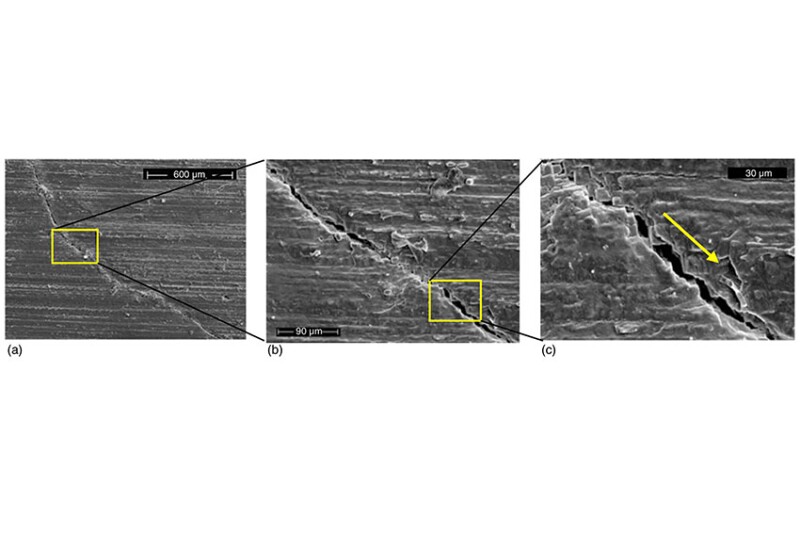Safe and effective large-scale storage of hydrogen (H2) is one of the greatest challenges of the global energy transition and can be realized only through storage in geological formations. The aim of the study detailed in the complete paper is to address and discuss the reservoir engineering aspects of geological H2 storage (GHS). The study is based on two sources: first, a comprehensive literature review and, second, experimental and numerical work performed by the authors’ institute.
H2 Pressure/Volume/Temperature (PVT)/Phase Behavior
The definition of the PVT/phase behavior of reservoir fluids is crucial in GHS because thermodynamic properties significantly affect safety and effectiveness. The properties of H2 are widely known and modeled, but its reaction with other gases, such as in-situ gases like natural gas in depleted gas reservoirs (DGR), currently is under investigation. Although the ideal gas law can account for H2 behavior at low pressure, accurate depiction of its thermodynamic properties requires more-sophisticated equations of state (EOS), especially when it is mixed with other gases such as methane.


